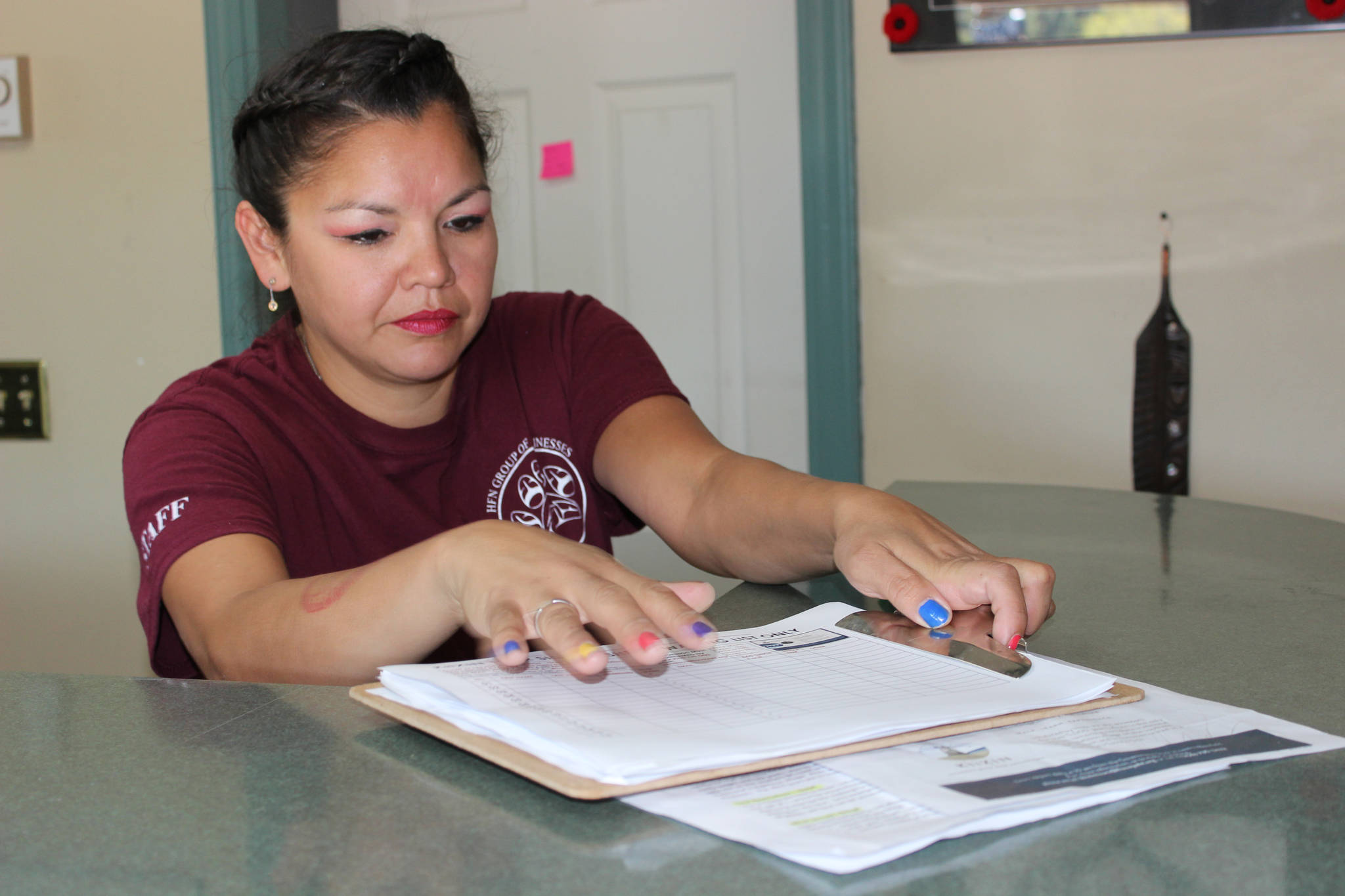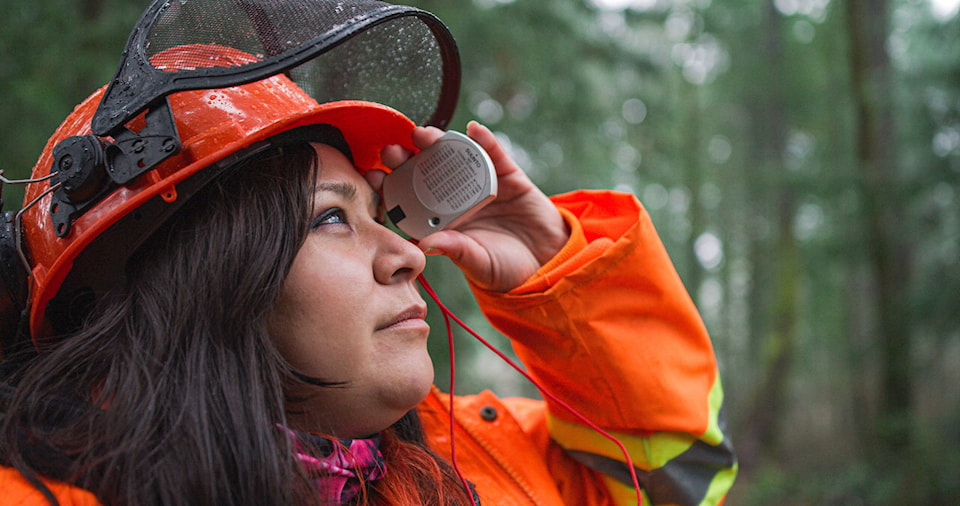The largest obstacle Huu-ay-aht First Nations are facing after the coronavirus pandemic is 85 kilometres long and covered in gravel.
“The big thing for us is the road,” said Trevor Cootes, a member of the Huu-ay-aht First Nations executive council. Cootes has overseen the economic development portfolio for the past five years. “That is the biggest thing to our economic recovery.”
Bamfield is located at the end of Bamfield Main logging road, and there are only two ways in—both on active gravel logging roads, either from Port Alberni or Duncan.
Since the Bamfield Main opened in the 1970s Huu-ay-aht have lost eight citizens on the road and witnessed countless accidents, many relating to dust obscuring visibility, Chief Robert Dennis Sr. said.
“Chip seal is the road to safety. It will eliminate the dust issue. Seventy percent of the users use the road during tourist season from May to September; they’re using it when it is most dusty. Dust can be very dangerous.”
The road can also be dangerous when the weather is wet. Nine months ago a tragic accident claimed the life of two University of Victoria students when a bus carrying dozens of students hit a soft shoulder in the road and rolled. The bus was on its way to the Bamfield Marine Sciences Centre.
Since then, the Huu-ay-aht and province of B.C. have been negotiating to have the road paved.
Safety may be the first issue with the road, but economic recovery is the second, Dennis said.
“Once we’re able to get a better road then we can start focusing on tourism.”
The Huu-ay-aht Group of Businesses comprises 13 tourism-related businesses in Bamfield, adjacent to the Huu-ay-aht’s traditional village centre, Anacla. The road is the backbone to the coastal economy, said Huu-ay-aht CEO Patrick Schmidt.
Planning events can be an impediment when people are reluctant to make the drive. While marine access is available—Lady Rose Marine Services has regular passenger and cargo traffic via the MV Frances Barkley—there is still the issue of getting around once you’re in Bamfield.
“The key is making sure people feel safe going down that road without any issues to their vehicles.”
The Bamfield businesses were on the road to profitability when the coronavirus pandemic hit. The market was considered an essential service, but the other tourism-based businesses have suffered. The Huu-ay-aht qualified for federal wage funding, which has helped. The nation chose to close the area to tourism under the advice of the provincial health officer, and will follow Dr. Bonnie Henry’s direction before opening up again, Dennis said.
The Huu-ay-aht’s forestry interests have given the nation economic diversity. The Huu-ay-aht have partnered with Western Forest Products, and in late May Huu-ay-aht announced it had signed a memorandum of understanding with Mosaic Forest Management, affirming their commitment to reconciliation, sustainability and adherence to Huu-ay-aht values on its traditional territory (known as “Hahuuli”).
They are also looking at a $37-million run-of-river hydro project in the Sarita River area that could generate revenue for the next 40 years.
This diversification follows an economic study completed in 1997 that suggested the nation focus on forestry, tourism and aquaculture development. “We are focusing on two of those,” Dennis said.
Aquaculture development could be next. “We’re having serious discussions on how we can advance aquaculture quickly, through potential partnerships in shellfish,” Schmidt said.

